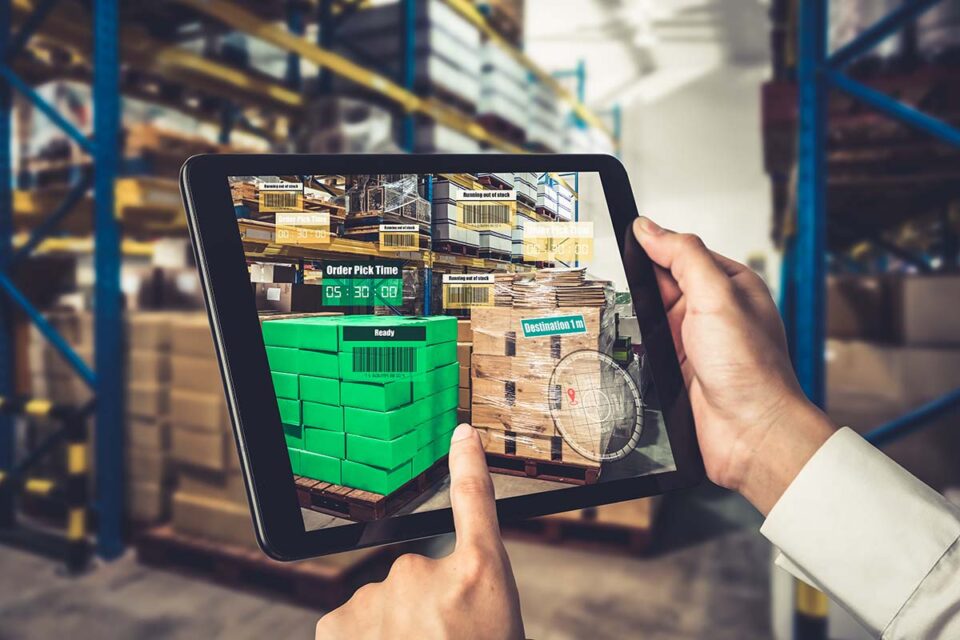There is no green economy without digitization. These are the salient words of Nokia’s head of energy sales GARY CONWAY. For digitization to be successful, however, there has to be a reliable and effective communications network in a mining operation. GERARD PETER reports.
Nokia provides 4G/LITE wireless networks that have been tried and tested by mobile operators and have now been effectively adapted to the mining environment. The company is also looking at implementing 5G networks for mines soon.
“Developing a network for a mining operation has to have some key characteristics,” explains Conway. “It needs to be able to function in harsh and often remote areas. It is also important to remember that mining is a mobile industry, meaning there is an ongoing need to communicate with people and equipment that are constantly on the move. Remote and autonomous operations also need a network that has good bandwidth and latency performance to support video and precise control instructions.”
Conway points out that it is important to design a system that will be effective throughout the lifespan of a mining operation. “At Nokia, we won’t go to a client and recommend a solution without sitting with them and getting to understand their business. We will look at the total cost of ownership, the expected efficiencies and productivity and safety benefits that any solution we put in can achieve.”
Of course, the type of applications that are going to be enabled need to be considered when deciding on a network.
“We are enabling applications that are deemed to be mission- and business critical. Also, whatever network solution we install must function within the available infrastructure such as a mine’s power supply,” explains Conway.
Saving lives, protecting the environment
Like any other enterprise, mining companies are not immune from network security breaches, which can often have devastating effects on operations. It is with this in mind that Nokia’s networks are fully encrypted for both incoming and outgoing communication from the systems.
In addition, Nokia works with major OEMs and has permanent infrastructure at their testing grounds. This has enabled the company to gain a high degree of knowledge on most of the applications, the benefits that they bring, the type of network required to support them and the expected benefits that the customer can see after implementation.
The onset of digitization is also helping to make mining safer, and Nokia’s networks are playing a key role in this. “For example, through the introduction of 4G networks, we have enabled remote monitoring of hazardous operations and have taken the operator completely out of harm’s way.”
“We further have the ability to partially automate vehicles, and this has proven to increase collision avoidance as well as improve asset life,” Conway states.
Finally, Conway is a strong advocate of digitization as a key driver to ensure sustainable mining. Wireless environmental sensors play a key role in monitoring air and water quality, as well as the stability of key infrastructure such as tailing ponds. Autonomous vehicles have saved some mining companies up to 20% in fuel bills.


